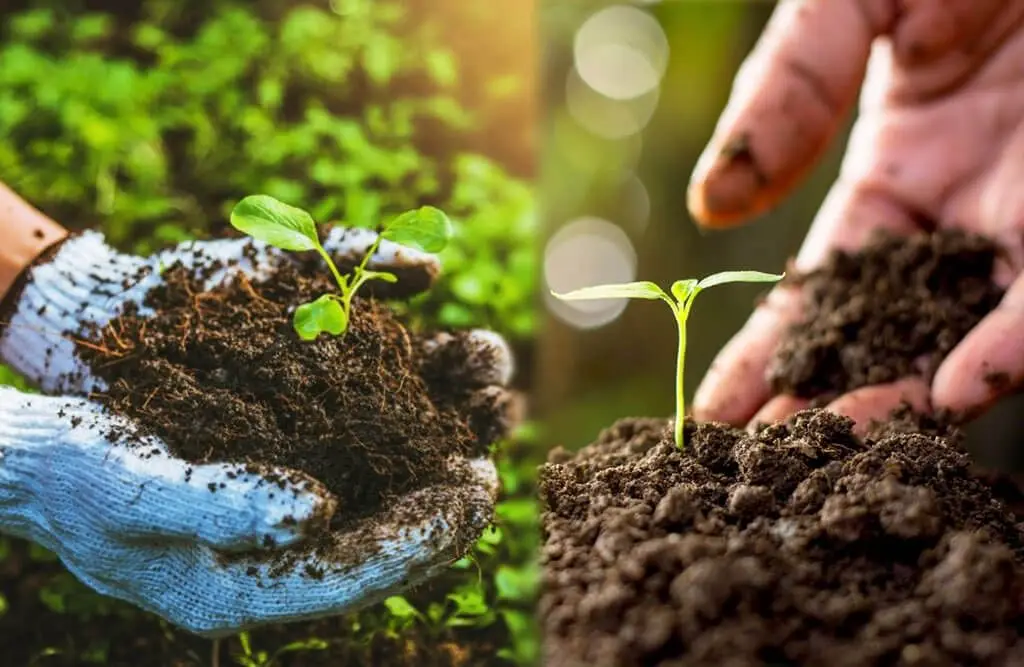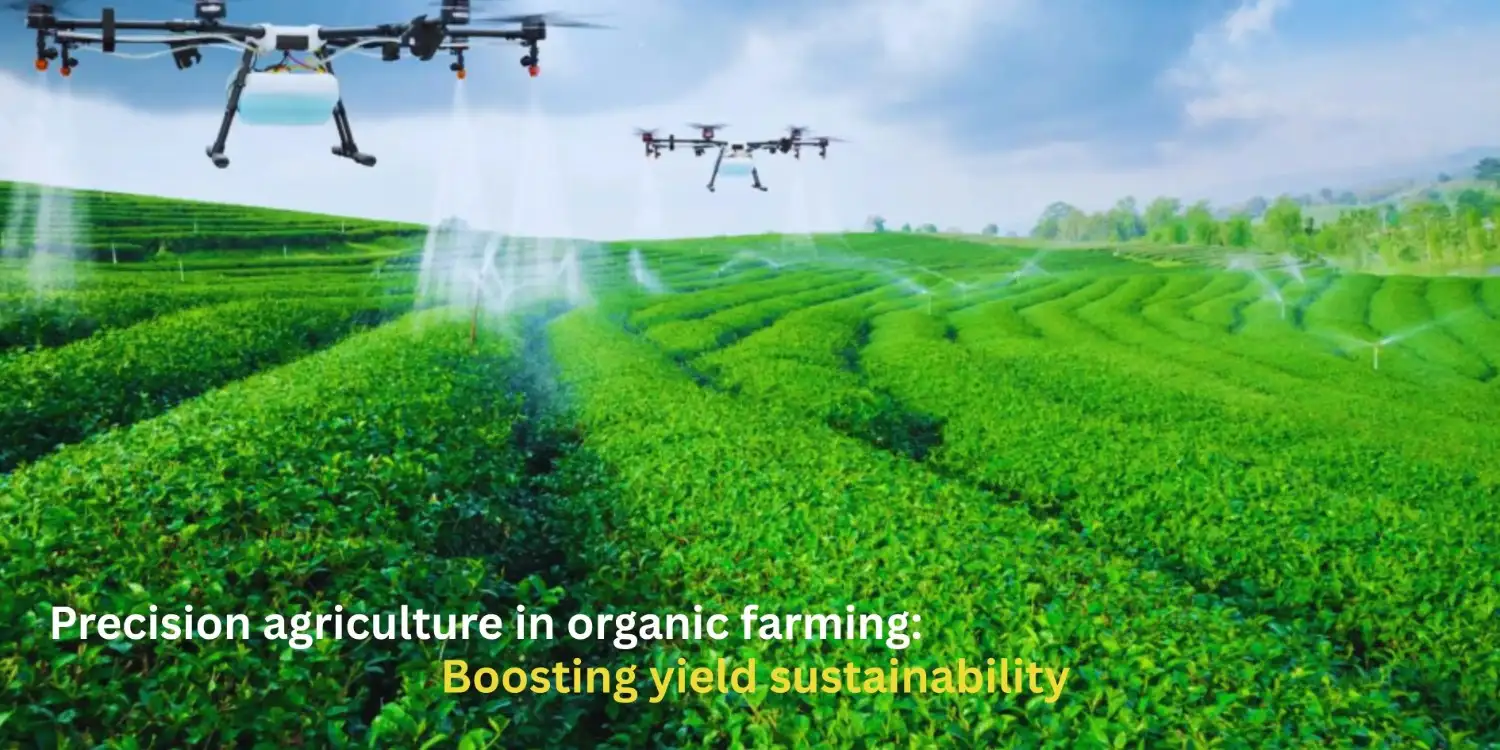In the rapidly evolving agricultural practices, precision farming stands out as a revolutionary concept in an innovative form of agricultural practices. Precision agriculture is the application of innovative technology in the realm of farming for optimum productivity and maintaining ecological sustainability.
The year 2025 includes Artificial Intelligence within the periphery of precision farming is like reaching a milestone in farming practices, which would help farmers in attaining forecast crop prices, analyzing market trends, and making precise decisions on market-driven data analysis.
This blog is going to give you an insight into how the method of precision farming and technology is reforming organic farming, enhancing the efficacy addressing the issues of sustainability.
Precision farming is not just a method rather it is viewed as a strategy and confluence of different modernised techniques of farming incorporated in agriculture practices. Precision agriculture incorporates new technologies like GPS, sensors, drones, and data analyses to optimize farming practices in reformative agricultural measures.
Precision agriculture provides efficient tools for enhancing organic farming practice. Precision farming creates a synergy between traditional mechanism of farming mechanisms and modern techniques to balance the sustainability in the environment.
PRODUCING SUSTAINABLE YIELD:
Sustainable yield is a measurable amount of resources that human beings can cultivate without overharvesting or over utilization of the limited resources.
Sustainable yield can be referred to as natural capital that can be procured without reducing the capital base. Delving deep into sustainable development is needed as it is essential, which indicates the capacity of how much the population can produce within a given limited renewable and non-renewable resources without harming the environment.
Sustainable yield is a viable component of forestry management. The sustainable yield forestry has reshuffled the ideology from only output, to include maintenance of the capacity of production and balancing the natural renewable capacity of forest vegetation.
Maximum Sustainable yield is a theoretical concept that relies on the surplus production concept to provide a sustainable yield. Under the equilibrium assumption, if the produced surplus is harvested, then the population remains constant at the same abundance level.
Sustainable yield refers to the rate at which the resources can be harvested without compromising on utilization for future generations to come. It is predominantly crucial for sustainable development and environmental conservation. It saves from resource depletion, and maintenance of ecological development and biodiversity.
PRECISION AGRICULTURE IN ORGANIC FARMING TECHNIQUES

Organic farming, also recognized as ecological farming, is an agricultural system that emphasizes the use of naturally occurring substances, non-synthetic inputs, and the process of production is carried. Out without disrupting the ecological balance. The traditional organic farming relies entirely on natural processes.
Whereas the advanced organic farming technique incorporates a modern scientific approach to make a balanced base of sustainability in an optimum condition.
1. Crop rotation- It is a type of farming methodology in which alternative varieties of crops are grown in a piece of land.
2. Permaculture- It is a formulated philosophy which is designed with the motive to create a sustainable and self–sufficient agriculture ecosystem by imitating the pattern found in natural systems. Which incorporates land, people, and resources, set in a harmonized synchronicity to maximize efficiency and promote biodiversity.
3. Biodynamic – The biodynamic farming is a holistic and regenerative form of farming method that considers farming as self contained ecosystem. Its inclusion of spiritual and cosmic principles in the realm of agriculture.
4. Cover cropping- It is a strategy of growing crops intentionally to improve the health of the soil rather than enhancing crop yield. They are used to extract weeds, control soil erosion, improve the soil quality, control pests, and maintain biodiversity.
They are in the non-cash crop category, which limits water outbreak.
5. Agroforestry- It combines agriculture and forestry by the inclusion of trees and shrubs into crops, it imitates the diversity and builds a strong resilience of natural ecological phenomena.
You Can Read Also:- How AI in Agriculture and Robotics are Revolutionizing Organic Farming
APPLICATION OF SMART FARMING-
It is also known as smart agriculture, which involves the use of advanced techniques and data-driven scanning of data activities to optimize the maximum level of sustainable crop production. The mechanism allows farmers to improve the quality of agricultural products through modern techniques as GPS, soil scanning.
It involves continuous monitoring of crops from the process of sowing and reaping, which ensures a better management system. The technologies used for smart farming are AI, robotics, automation, and IOT.
The amalgamation of agriculture and technology promises to rebuild a holistic framework for functionality and integration of smart farming in the agricultural atmosphere.
CROP MANAGEMENT TECHNIQUE IN AGRICULTURE PRACTICES
The crop management practices improve crop productivity and can contribute to greater yields with improved quality. The crop management technique is basically performed to improve the growth, development, and yield of crops, which starts from seedbed preparation, sowing of seeds, and crop maintenance, and ends with crop harvest, storage, and marketing.
1. Seedbed preparation – It is the foremost step to improve the crop growth and development, as it the firm and adequate soil moisture near the surface, and improves seed germination. The dedicated method is conventional tillage to no tillage. The no-tillage practices may lead to the accumulation of soil carbon, or carbon sequestration, which can ultimately benefit the soil health and improve the soil texture.
2. Plantation – After the seedbed preparation, the seed needed to be sown 1.5 to 2.0 inches deep to ensure proper moisture opening for seed germination.
3. Fertilization- It is one of the crucial components for crop management. Soil should be tested for plant nutrients before adding bio fertilizers to the crop section. The utilization of the fertilizers to determine the soil/ plant scanning which can asses crops nutritional requirement.
4. Pest management – is another pivotal aspect of crop management. Pesticides are an important tool for controlling pests in most crops.
5. Irrigation – is another predominant factor for crop production, which affects the final crop yields and quality, especially in our dry land region. Before the plantation process, determine the significant details of the water availability and growth stage of the crop, and then determine irrigation system efficiency.
6. Harvestation- The yield and the quality of the crop rest upon the harvesting techniques. Too wet or cold temperatures may delay the crop harvestation even high moisture will do the same. Most of the seed crops are supposed to be harvested when they reach the harvest maturity stage.
OUR TAKE ON!
Precision farming is not simply a farming methodology; it’s a complete way of life, it’s a confluence of modern techniques into the farming practices to yield high varieties of crops. The precise farming incorporates modern techniques like AI, GPS navigation, data analysis-driven technicalities, drones, and robotics to optimize farming practices.
Smart farming techniques are becoming more relevant with each passing day. Inclusion of robotics and hi-tech methodologies will bring radical changes and development in the agro-based industry and will revamp the earlier conventional form of agri-practices.



